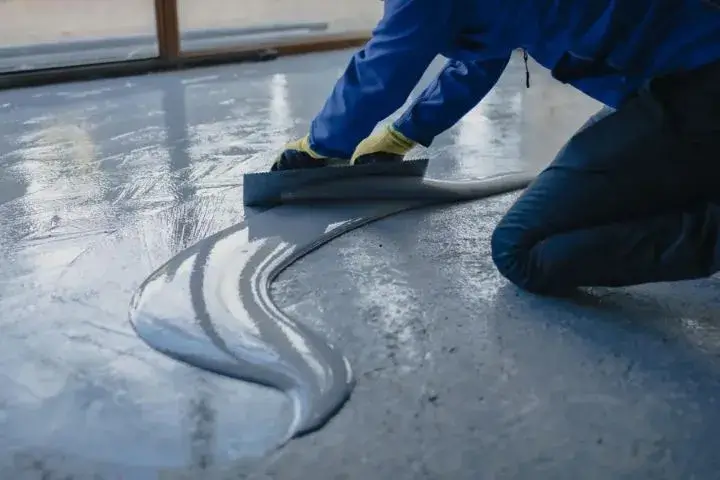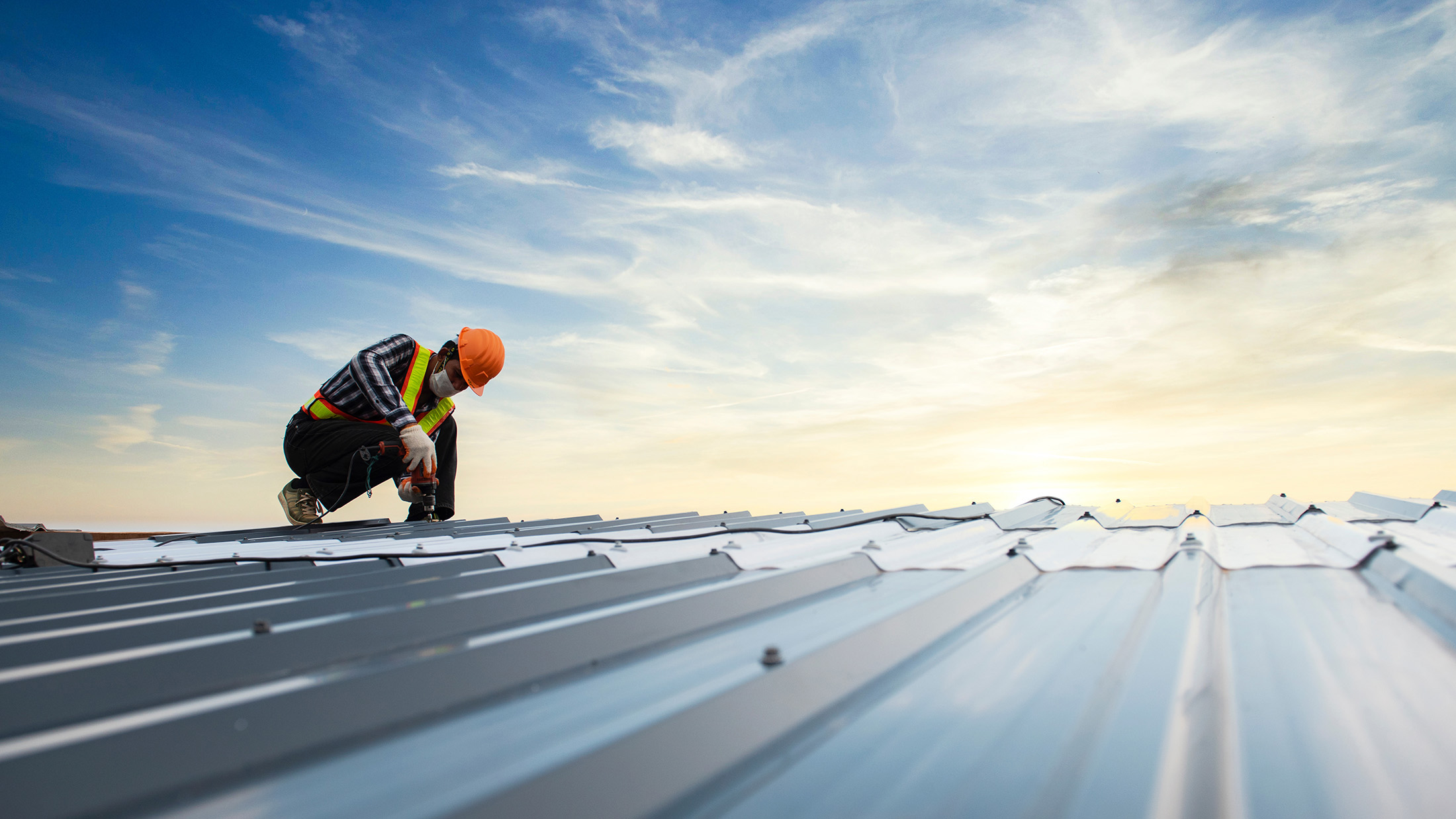Foundation waterproofing Omaha: Why It Matters
Wiki Article
Types of Waterproofing: Checking Out the Numerous Approaches and Their Applications
Waterproofing is a vital element of building and construction and upkeep. It protects structures from the detrimental results of water damage. There are numerous techniques readily available, each with its distinct applications and advantages. From membrane systems to cementitious solutions, comprehending these alternatives is necessary for effective execution. The choice of waterproofing method can significantly impact longevity and long life. Exploring these different techniques reveals their unique advantages and prospective challenges, triggering more consideration of suitable services.Membrane Layer Waterproofing Solutions
Membrane waterproofing systems act as a crucial barrier versus water breach in different structures. These systems generally include slim sheets made from products like rubber, polycarbonate, or bitumen, which are related to surfaces to stop moisture penetration. They can be mounted over or listed below quality and are especially effective in locations vulnerable to high water exposure, such as cellars, roofing systems, and foundations.The setup procedure involves cleansing the substratum, using adhesives or guides, and precisely suitable the membrane layer to ensure complete coverage. Membrane layer systems can be either fully adhered, mechanically affixed, or laid loose, depending on the particular demands of the project. They use sturdiness and flexibility, fitting architectural activities without endangering their waterproofing abilities. These systems can be strengthened with additional layers for improved defense. Eventually, membrane waterproofing systems are necessary for protecting structures against water damage and preserving long-lasting honesty.Liquid-Applied Waterproofing Coatings
Liquid-applied waterproofing finishings supply a flexible option for shielding surface areas from water seepage - Sump pump installation & replacement Omaha. These finishes consist of fluid materials that, when used, create a seamless, flexible membrane layer. Their versatility enables application on different substrates, including concrete, metal, and wood. The finishes can be used in varied environments, from property to industrial setups, making them appropriate for roofs, structures, and below-grade structures.One significant advantage of liquid-applied finishes is their ability to satisfy irregular forms and pass through fractures, developing a durable obstacle versus wetness. They commonly exhibit exceptional bond residential properties and resistance to UV radiation, making certain durability and longevity. Additionally, the application procedure is generally uncomplicated, enabling for fast installment and reduced labor expenses. This approach likewise lessens the danger of water pooling, as the continuous layer effectively routes water away from at risk locations. On the whole, liquid-applied waterproofing layers are an effective option for detailed water defenseCementitious Waterproofing Solutions

Cementitious waterproofing options use a robust alternative for structures needing trusted wetness protection. These systems primarily make use of a mix of cement, sand, and chemical ingredients to produce a water-proof obstacle. They are typically related to surface areas such as concrete walls, foundations, and floors, supplying a resilient, lasting protection versus water intrusion.One of the crucial benefits of cementitious waterproofing is its simplicity of application; it can be applied making use of a brush, roller, or spray, making it suitable for various project dimensions. In addition, this technique works with lots of surfaces and can typically be made use of together with various other waterproofing techniques.Cementitious remedies are particularly efficient in atmospheres where water exposure is an issue, such as basements or below-grade frameworks. Their exceptional bond residential properties go to this web-site ensure that they bond well with substrates, providing a strong and nonporous layer against moisture penetration.
Related Site
Bentonite Waterproofing
Bentonite waterproofing is a very reliable approach that utilizes sodium bentonite clay to create a natural obstacle against water. This strategy manipulates the unique properties of bentonite, which increases upon call with water, securing any type of prospective leaks and protecting against dampness seepage. It is frequently made use of in numerous applications, consisting of structure wall surfaces, tunnels, and retaining walls, where water resistance is essential.Bentonite can be used in a number of kinds, such as panels or coverings, providing versatility in installment. Its ability to self-seal makes it an attractive option for locations subject to moving soil or ever-changing water degrees. Additionally, bentonite waterproofing is eco-friendly, as it is an all-natural product that does not present unsafe chemicals right into the environments.waterproofing bathroom walls
Water Drainage and Exterior Waterproofing Equipments
Effective waterproofing often involves a combination of approaches, consisting of water drainage and external systems. Water drainage systems, such as French drains and sump pumps, are designed to reroute water far from structures, lowering hydrostatic stress against foundations. These systems are vital in avoiding water build-up that can result in architectural damage and mold growth.External waterproofing, on the various other hand, includes using safety obstacles to the structure's outside. Techniques such as the installment of waterproof membrane layers, layers, or sealants can assist prevent water seepage. This approach not only safeguards the structure but likewise improves the general durability of the structure.Together, drain and external waterproofing systems form a comprehensive solution to handle water properly. By implementing these approaches, residential property proprietors can safeguard their financial investments against the destructive impacts of moisture, making sure long-lasting stability and safety for their structures.Frequently Asked Concerns
Exactly how Do I Pick the Right Waterproofing Approach for My Project?
Selecting the right waterproofing method depends upon elements such as project type, environmental conditions, budget, and desired durability. Assessing these aspects allows for educated decisions customized to specific requirements and requirements.
Can Waterproofing Be Applied in Cold Weather Condition Conditions?
Waterproofing can be applied in cool climate conditions, yet it requires certain products and strategies. Cold temperatures may affect treating times and bond, demanding mindful option of products designed for low-temperature application.
What Are the Usual Indications of Waterproofing Failure?
Typical indications of waterproofing failure consist of visible water spots, peeling paint, moist odors, mold and mildew growth, and fractures in walls or foundations. Sump pump installation & replacement Omaha. These indicators recommend that moisture is passing through the obstacle, jeopardizing its performanceThe Length Of Time Does Waterproofing Last Prior To Needing Upkeep?
The durability of waterproofing differs, commonly lasting between 5 to ten years. Aspects such as worldly quality, environmental conditions, and maintenance techniques influence its toughness, necessitating regular inspections to ensure effective security against water breach.Exist Eco-Friendly Waterproofing Options Available?
The concern of environmentally friendly waterproofing alternatives discloses a growing interest in lasting products (Water Solutions). Different all-natural substances, such as plant-based sealants and recycled products, provide effective solutions while minimizing ecological effect, appealing to environmentally mindful consumersReport this wiki page